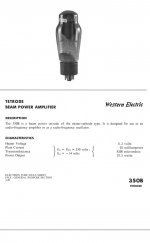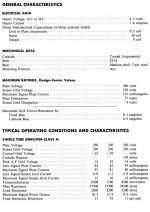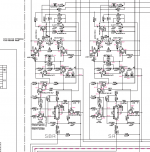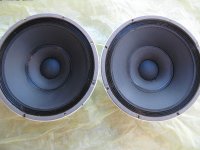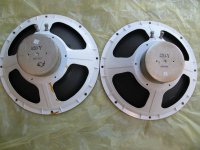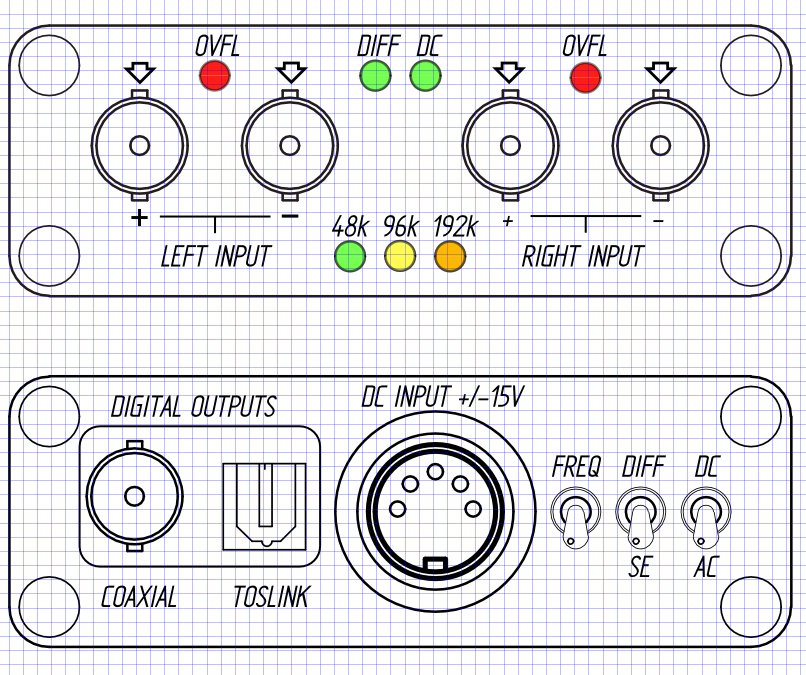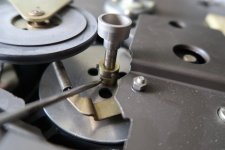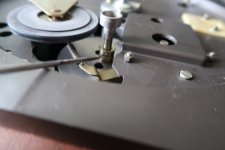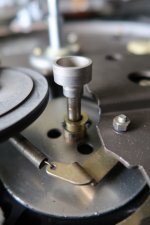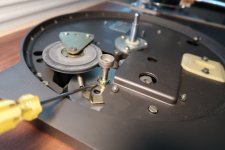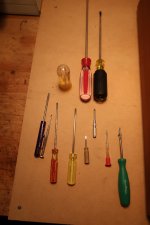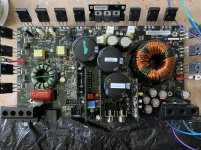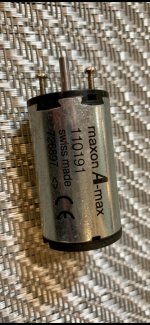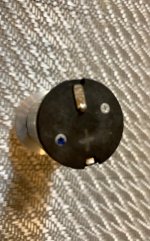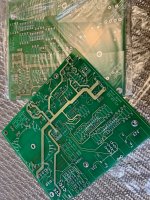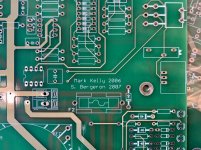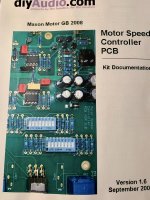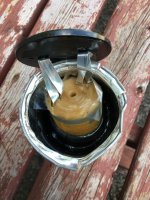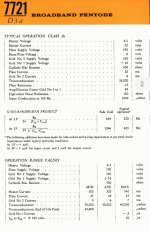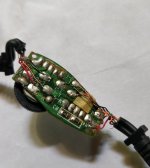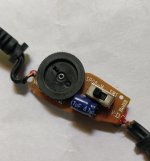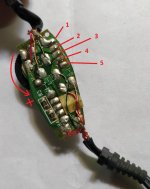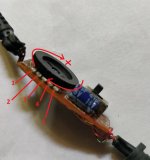Design suggestions using 6.5” Peerless NPT-11-078-1
During BAF 2008 Jack Hidley generously handed out some 6.5” Peerless NPT-11-078-1 drivers, the subwoofer used in the NHT Super Two and Super Sub loudspeakers. I brought some home with me and would like to use them in a project. I am asking for design ideas and am sure other people will be interested as several attendees took home the same driver.
On Jack Hidley’s personal page at http://home.comcast.net/~jhidley/ there is a link to an Excel spreadsheet containing T/S parameters and related information for this and other drivers. Here is what it says about the NPT-11-078-1.
Part # : npt-11-078-1
Used in NHT models : Super Sub Super 2
Brand : Peerless
Size : 6.5"
Shielded : No
Basket : Steel
Cone material : Laminated poly
Re (Ohms) : 4.84
Fs (Hz) : 51.7
Qms : 2.738
Qes: 0.584
Qts: 0.481
Vas (l): 16.10
Cms (m/N): 0.000543
Mms (g): 17.4
Diameter (mm): 136
BL (N/A): 6.85
SPL (2.83V): 87.64
Zmax (Ohms): 27.6
Sd (m^2): 0.01453
Xmax (mm): 4.9
Hg (mm): 6.0
Hvc (mm): 15.7
Former material : Aluminum
# of coil layers : 2
Coil diameter (mm) : 32
On Jack Hidley’s personal page at http://home.comcast.net/~jhidley/ there is a link to an Excel spreadsheet containing T/S parameters and related information for this and other drivers. Here is what it says about the NPT-11-078-1.
Part # : npt-11-078-1
Used in NHT models : Super Sub Super 2
Brand : Peerless
Size : 6.5"
Shielded : No
Basket : Steel
Cone material : Laminated poly
Re (Ohms) : 4.84
Fs (Hz) : 51.7
Qms : 2.738
Qes: 0.584
Qts: 0.481
Vas (l): 16.10
Cms (m/N): 0.000543
Mms (g): 17.4
Diameter (mm): 136
BL (N/A): 6.85
SPL (2.83V): 87.64
Zmax (Ohms): 27.6
Sd (m^2): 0.01453
Xmax (mm): 4.9
Hg (mm): 6.0
Hvc (mm): 15.7
Former material : Aluminum
# of coil layers : 2
Coil diameter (mm) : 32
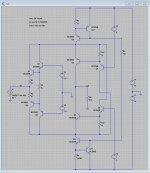

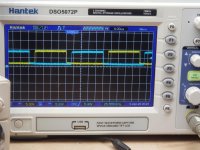
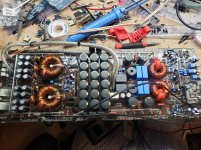


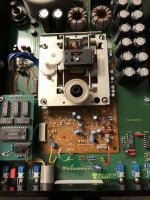
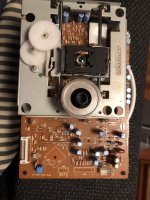
![IMG_20200402_172904[1].jpg](/community/data/attachments/760/760057-fcd697d858d53b97dade22eaf7c8e452.jpg?hash=_NaX2FjVO5)

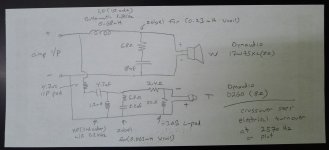






 ), I'm interested in doing some experiments for that. Which means I need to be able to measure resonance at a minimum, and all the parameters ideally. However at home now I don't have any equipment to do so*
), I'm interested in doing some experiments for that. Which means I need to be able to measure resonance at a minimum, and all the parameters ideally. However at home now I don't have any equipment to do so*